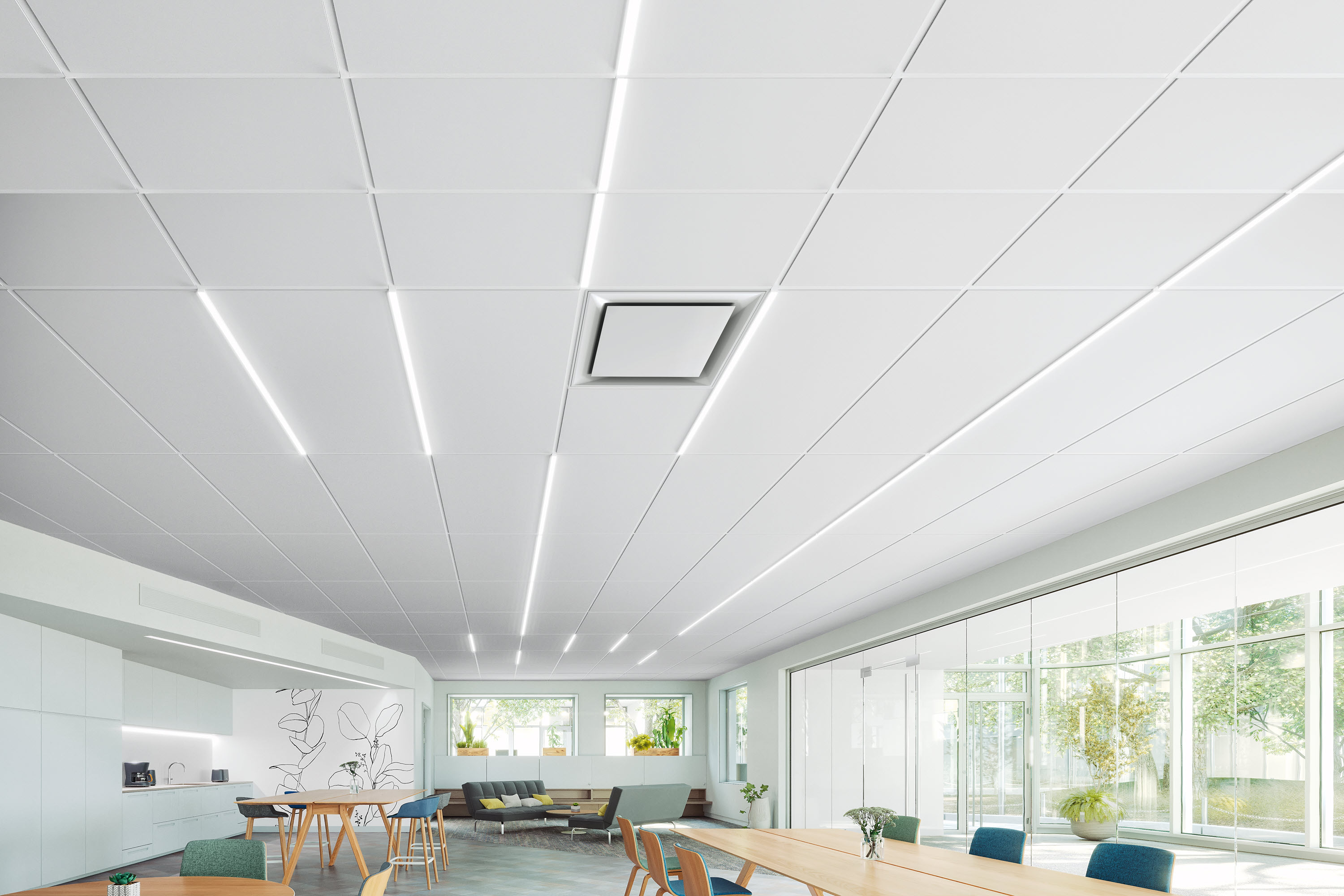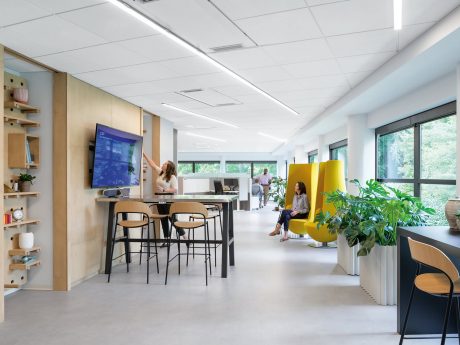
The population of adults over 65 years old is growing at an unprecedented rate. By 2034, older adults are expected to outnumber children for the first time in U.S. history. As individuals age, the body’s ability to maintain a balanced integration of the organs, muscles, bones, immune and nervous systems decline. Planning for the environments where older adults live, work, and travel presents an opportunity to promote healthy living, adapted to meet the unique physical, mental, and biological needs of an aging population. In addition, the COVID-19 pandemic highlighted vulnerabilities to infectious disease for older adults and senior living communities. Older adults, especially those in senior living facilities, will continue to be vulnerable to infectious disease outbreaks, as well as familiar respiratory illnesses like influenza and pneumonia. Healthy building upgrades can have multiple benefits beyond infectious disease risk reduction, including improved comfort and cognition.
HSW Justification
This course is centered around Health, Safety and Welfare (HSW) topics with a focus on how to create healthy living spaces for the unique physical, mental and biological needs of an aging population, through improved indoor environmental quality (IEQ), noise and acoustics control, and lighting and thermal comfort.
Recognized Associations
AIA, IDCEC, ASID, IDC, IDS, IIDA
This course is available to take on demand, here
Related CEUs

Designing and installing appropriate ceiling & wall acoustical treatments can contribute to improved IEQ.

Have you heard a great building lately? Explore the many options that help architects determine acoustical design for today's buildings.

Specify materials that control reverberation, background noise, and sound isolation in learning spaces.